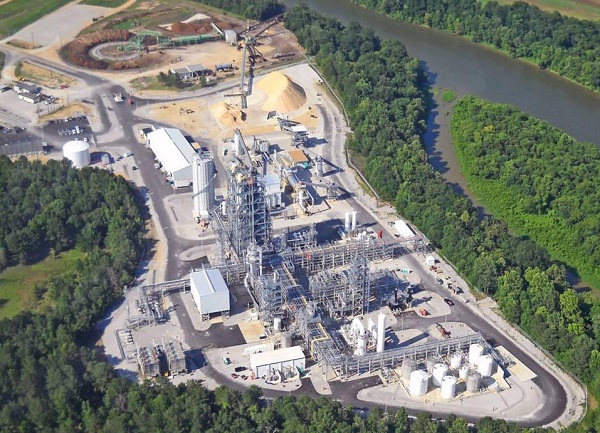The U.S. Department of Defense and advanced biofuels producers got their wish this past week, with passage of the National Defense Authorization Act (NDAA) minus any provisions that would have kept the Pentagon from buying alternative fuels that cost more than conventional fuels.
But the fight over those provisions underlines the ongoing challenge to close the price gap between petroleum-based fuels and advanced biofuels – and that’s a challenge the National Renewable Energy Laboratory is taking on.

The NREL recently announced a five-year, $7 million project with the specialty chemicals company Johnson Matthey to produce what are known as “drop-in fuels” – gasoline, diesel and jet fuel that can be used in today’s engines without having to make modifications – from nonfood biomass feedstocks.
And do it relatively cheap.
“The goal is to find catalytic systems that can produce biofuels cost effectively at scale,” Mark Nimlos, NREL’s research supervisor for molecular sciences and the principal investigator in the cooperative research and development agreement (CRADA) between NREL and Johnson Matthey, said in a statement. “The best outcome would be, in five years, to have a new catalytic process which can make gasoline, diesel, and jet fuel at a price range that is better than, or competitive with, the cost of existing fuels.”
Cellulosic biofuels – made from sources like fast-growing poplar, switchgrass, forest and agriculture residue or even household waste – have struggled to meet goals set out under the U.S. renewable fuel standard, and regulators set a target of just 8.65 million gallon for 2012, dramatically short of the 500 million gallons Congress had envisioned for 2012.
However, things have started to look up for the industry, with construction under way on plants around the nation and some coming online. Case in point: Industry watcher Biofuels Digest reported in November on the KiOR plant in Mississippi kicking into gear. But take a look at the costs cited in the article:
At its Columbus-based 500 ton per day plant, KiOR is processing renewable oil that is on-spec for hydrotreating into gasoline and diesel. With scale-up, total cost per gallon drops to $5.95 by 2013, $3.73 per gallon in 2014, and the magic sub-$3.00 figure in 2015 when it is expected to reach $2.62 per gallon at full-scale.
The key to bending that cost line down, the company said, is a “next generation catalyst platform” that the company is working on – the same thing the NREL and Johnson Matthey will focus on in their hook-up.
The heart of the NREL/Johnson Matthey effort will be to improve vapor phase upgrading during the biomass pyrolysis process. Pyrolysis involves thermally decomposing organic materials using heat and pressure in the absence of oxygen.
“Although the pyrolysis vapors contain carbon that can be condensed into an oil, impurities in that condensed oil make it not suitable to be used in an engine or even readily converted into a fuel,” the NREL said. “This CRADA will develop catalytic materials that can convert these vapors into liquid fuels that can be use in cars, trucks, train engines and jets.”